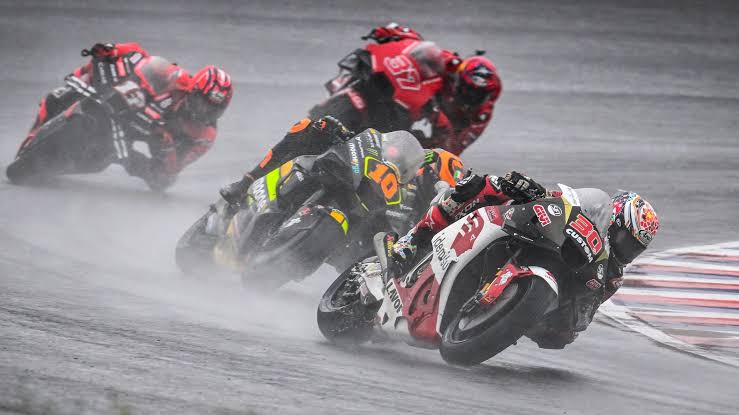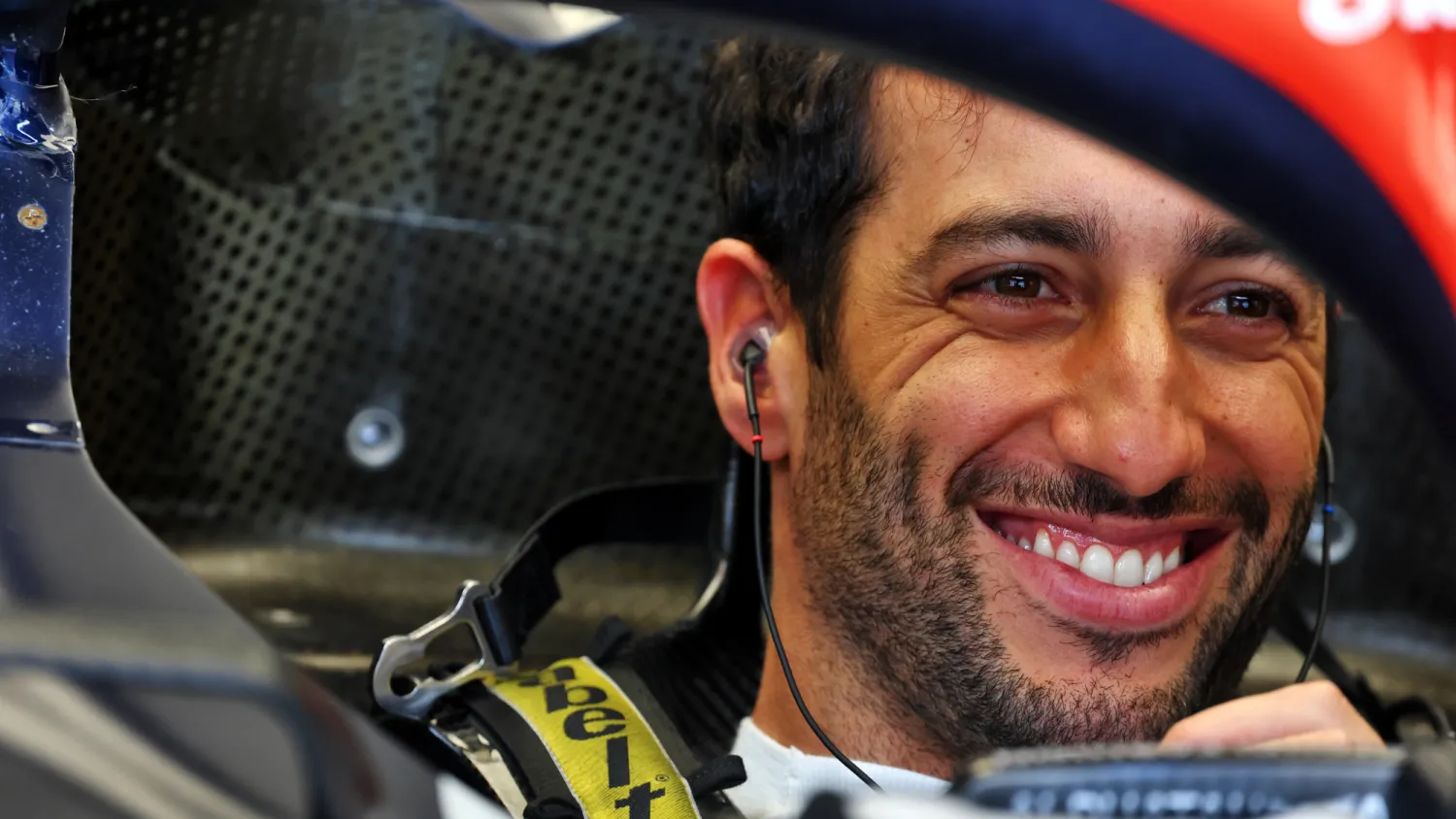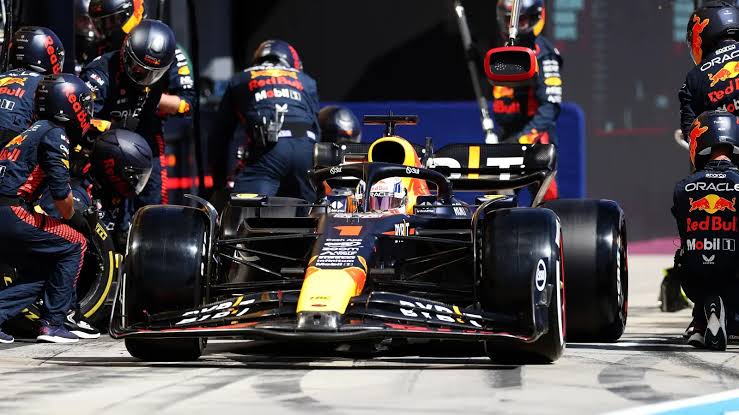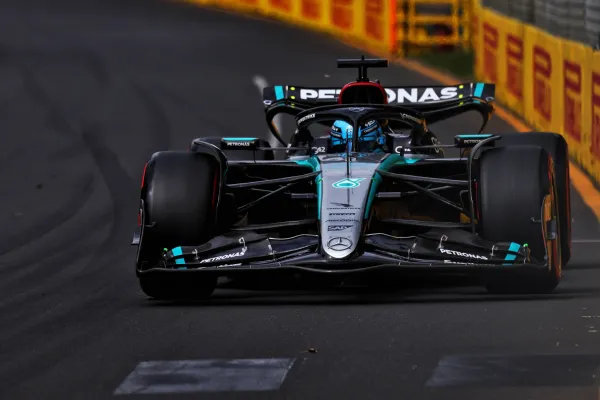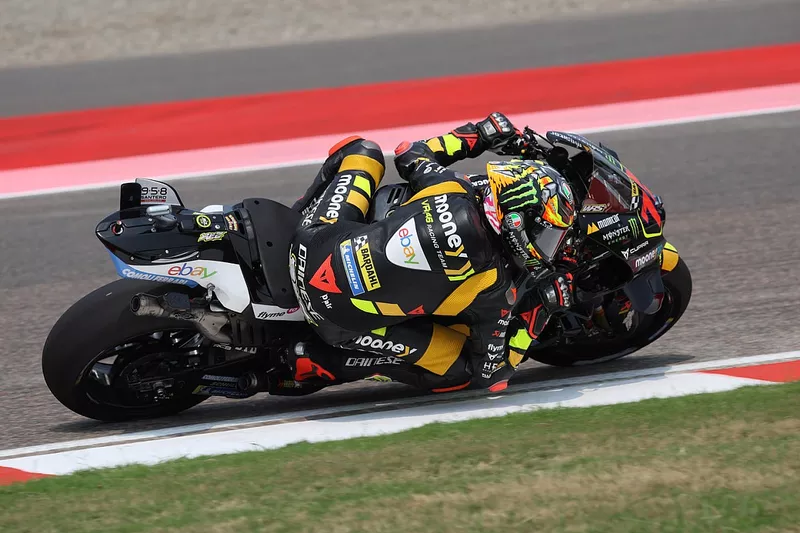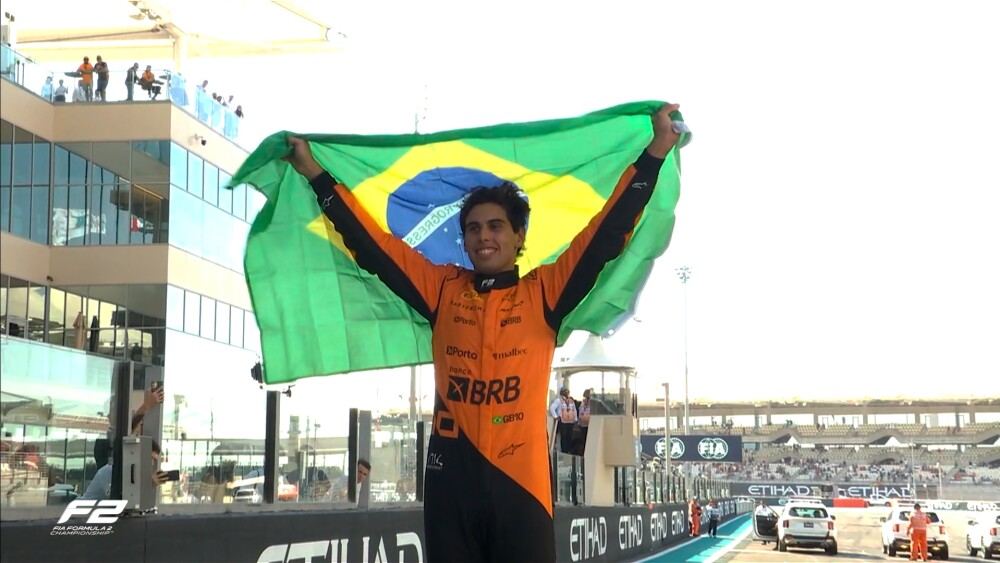What Teams and Drivers Can Expect From A Revived Argentine Round
The prospect of reinstating the Argentine Grand Prix gained much steam of late, fueled by renewed interest in Formula 1 around the country. With talented up-and-coming talent like Franco Colapinto on the horizon, combined with good relations politically, there is every sign that Argentina will make its return on the global motorsports circuit after 26 years out of contention. The following is what can be expected of squads and drivers of a revamped Argentine round of racing, including its impacts on the sport itself, domestic economy, and fan interest.
Historical Context
The Legacy of Argentine Motorsport
Argentina has a history of motorsports dating to the early 20th century. It nurtured motorsport legends like Juan Manuel Fangio, who had five World Championships through the 1950s and remains one of the sport’s most respected personalities today. The Argentine Grand Prix ran its first race in 1953 and appeared on the Formula 1 circuit through its final race of 1998.
The Autódromo Oscar y Juan Gálvez of Buenos Aires hosted many thrilling races, characterized by its challenging layout and ardent fans. But political disturbances, financial crises, and infrastructural decline terminated its F1 staging. The restoration of this race is not only racing but also reconnecting to a glorious heritage.
Recent Developments
In recent times, there has been tremendous interest in Formula 1 within Argentina, particularly after up-and-coming Argentine talent like Franco Colapinto gained popularity through his performances within junior categories. His performances have gained fans’ interest as well as that of racing squads. The country officials have also begun considering how F1 can be brought to Argentina, enjoying its contribution to tourism along with country pride enhancement.
What Teams Can Expect
Competitive Landscape
With the Argentine Grand Prix returning, teams can anticipate a fight that will have home talent combined with worldwide excellence. The availability of home-based talent such as Colapinto can give birth to an exciting on-track atmosphere where home fans rally behind homeboy.
Key Expectations:
Increased Engagement: Teams can expect greater fan engagement that can translate into greater sponsorships and support. The fan interest created by local drivers translates into greater fan engagement and merchandise sales.
Market Expansion: A renewed GP can serve as a portal by means of which teams can enter the market of South America. The region is underpenetrated by Formula 1 sponsorships, offering uncharted avenues of possibilities for brands that aim to extend markets.
Unique Challenges: The circuit layout can also present unique challenges to unknown teams concerning conditions within Argentina. Adapting will prove critical to success, especially if conditions swing wildly throughout weekend racing.
Economic Opportunities
The revival of the Argentine Grand Prix is set to reap sizeable financial returns. It is estimated by financial analysts that holding an F1 race can reap sizeable tourist revenues, with restaurants and hotels anticipating crowds of individuals.
Economic Impacts:
Job Creation: The activity will have generated numerous jobs within hospitality and tourism sectors. From waitstaff to vendors of goods and provisions around the activity, there will be numerous individuals enjoying extra economic activity.
Infrastructure Investment: Upgrading facilities will not only make F1 better but also provide better facilities to use by locals on subsequent occasions. The roads and public transport will also serve locals and visitors well after the race is concluded.
Long-term Sponsorships: Long-term sponsorships of the Grand Prix can translate into extended deals with domestic and worldwide brands. Companies that wish to partner up with motorsport can uncover valuable possibilities within this renewed market.
What Drivers Will Encounter
Fan Support
Drivers can also count on passionate Argentine fans. The cultural significance of motorsport within Argentina means that home-based drivers will have unrivaled levels of fan support throughout racing.
Driver Expectations:
Home Advantage: The home crowd can give home drivers a psychological advantage through massive fan turnout. It can make them confident on race day through psychological enhancement of performance.
Media Attention: More media coverage will be directed to home country drivers, emphasizing increasing their global profile. Such exposure can lead to bigger F1 career possibilities or endorsement opportunities outside of racing.
Circuit Characteristics
While specific circuit designs are subject to debate, drivers can expect a challenging circuit layout at Autódromo Oscar y Juan Gálvez. Long known for its technical bends and elevation changes, it will test skill and strategy alike.
Anticipated Circuit Specifications
Technical Corners: The driver will need to learn advanced cornering techniques that involve good timing and accuracy.
Elevation Changes: Variations in elevation can affect vehicle dynamics and tire performance. Understanding how these changes impact car setup will be crucial for teams.
Weather Conditions: The drivers will have to endure fluctuating weather conditions that are typical of Buenos Aires. Spontaneous rain showers can make race conditions unstable.
Local Engagement and Cultural Impact
Revitalizing Motorsport Culture
The revival of Formula 1 racing in Argentina is seen not only as an event but also as a resurgence of motorsport culture in the country. The country’s racing clubs are making plans around the prospective Grand Prix, building grassroots interest.
Cultural Significance:
Community Involvement: Fan zones and driver clinics can also be organized by clubs on a local scale, offering avenues of engagement within society. The activities can give fans a feeling of oneness while building the talent of tomorrow.
Youth Development: Young talent will feature prominently among programs of this cultural resurgence. Educational institutions will establish motorsport programs that will prompt students to pursue racing or engineering career streams.
International Exposure
Hosting an F1 race opens up a means of promoting its culture on the international stage for Argentina. Such visibility can also spur tourism beyond motorsports enthusiasts.
Potential Benefits:
Cultural Exchange: International visitors will promote cultural exchange and cultural awareness. Artists, musicians, and chefs can share talent on race weekend.
Tourism Growth: Greater visibility can result in greater tourism well after the conclusion of the Grand Prix. Tourists can come back to experience cultural celebrations or other attractions around Argentina.
Challenges Ahead
Despite optimistic projections, several challenges must be addressed before Argentina can successfully host an F1 race again.
Infrastructure Investment
The Autódromo Oscar y Juan Gálvez will have to invest substantially—estimating around $20 million—upgrading to FIA Grade 1 levels of specification to host a Grand Prix. Raising that money will be critical.
Key Considerations:
Renovation Plans: Plans have to be prepared that outline how funds will be disbursed to make renovations.
Stakeholder Engagement: It will also be important to engage stakeholders—government officials, businesspeople, and community leaders—towards mobilizing support.
Political Stability
Argentina’s history of political unrest poses risks that can have adverse effects on planning for the event. It will be important to have sustained support of officials to overcome challenges.
Political Factors:
Policy Consistency: It is important to have consistent policies that are pro-investments in motorsport facilities.
Public Support: Gain public support by explaining benefits clearly will neutralize opposition
Economic Conditions
While recent financial signs point to recovery, continuing financial issues can deter investments. Maintaining sustainable sources of funding will be critical to ensure success on a long-term scale.
Economic Strategies:
Diversified Funding Sources
Explore diverse funding sources—e.g., private investments, sponsorships, and grants by governments—towards financial sustainability.
Long-Term Planning: Plans that extend beyond mere staging of the Grand Prix can ensure that there is ongoing activity within Argentina’s motorsport industry.
Global Implications
The revival of the Argentine GP can have broader implications for Formula 1 itself. With F1 needing to make its global scope wider outside of its historic markets of Europe and America, South America is a desirable option.
Expanding F1’s Global Reach
F1 has actively grown its global footprint within emerging markets over the past few years. A well-organized Argentine Grand Prix will demonstrate F1’s commitment to global diversity along with introducing new fans to F1 throughout South America.
Strategic Opportunities
New Sponsorship Deals: F1 is of interest to brands that wish to penetrate South American markets using sponsorships associated with the Argentine GP.
Television Rights Increase: Additional viewership coming from South America can encourage television stations to make better television rights deals with F1 management.
Conclusion
The revival of the Argentine Grand Prix will also mean exciting opportunities for drivers and teams, along with significant benefits to economies and local communities. With good government support, emerging talent like that of Franco Colapinto, and passionate fan interest, there is every probability that Argentina can regain its place on the motorsports map of the world. However, overcoming infrastructural challenges and ensuring political stability will make this ambitious endeavor possible. With anticipation building on what can turn out to be historic Formula 1 racing to arrive in Argentina, everything will depend on how this process will unfold within the next few years. With careful planning and preparation, not only can Argentina regain its rightful place on the F1 circuit but also provide inspiration to racing generations to come while also bringing renewed romance between motorsport enthusiasts worldwide and this great racing nation full of racing history.




